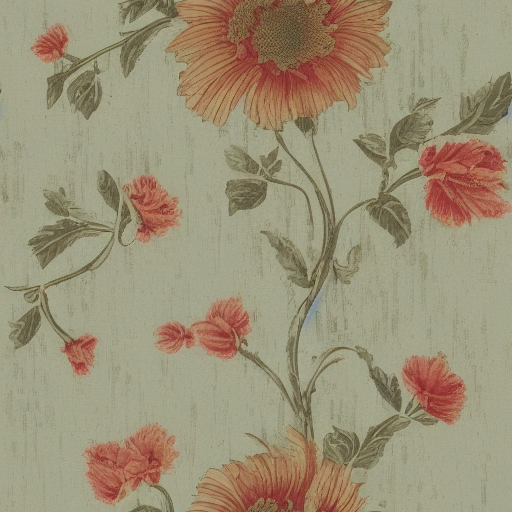Since the wallpaper is packaged in 27ft rolls and we get 123in per drop, we're only able to get two full drops per roll.
27ft x 12in = 324in324in / 123in = 2.63 dropsRound 2.63 down to 2 full drops
To get the number of rolls we take the tally of drops and divide it by the number of complete drops per roll and round up to the nearest integer.
For a wall that's 10ft (120in) wide with a 105in tall ceiling that we plan on covering with a 27in wide material, we'll need a total of 5 full drops. In order to do this, we'll need to order three rolls:
120in / 27in = 4.44 drops wideRound 4.44 up to 5 drops wide5 / 2 drops per roll = 2.5 rollsRound 2.5 up to 3 rolls
If we weren't taking into account the pattern repeat or the usable drops per roll, we would've only ordered two rolls.
(105/12) * 10 = 87.5 sqft/wall(27/12) * 27 = 60.75 sqft/roll87.5 / 60.5 = 1.4 rollsRound 1.4 up to 2 rolls
This results in two potential issues: 1) not enough material to match the pattern and 2) not enough material to cover the wall without horizontal seams. This unfortunately common occurence leads to people splicing together partial roll ends with horizontal seams to make up for not having ordered enough materials or simply not matching the patterns. It's a recipe for disaster.
Though this illustration provides the framework to measure for wallcoverings, there are still more complicated spaces that have arches, doors and windows, coved ceilings, deep inset window reveals, outlets to wrap into the pattern, etc. I do prefer to discuss the space before anyone orders materials just to triple check that we have everything covered (pun intended).

